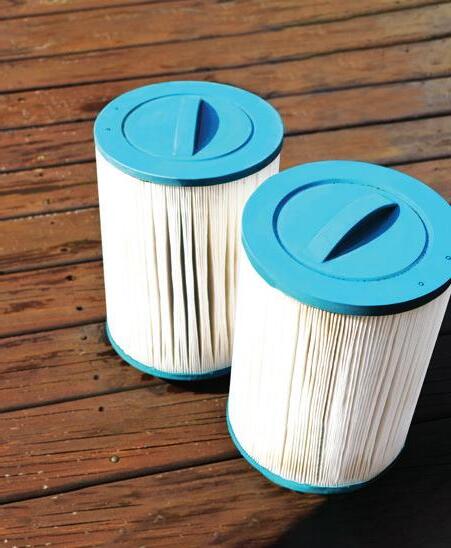
2 minute read
Filtration Adhesives VALUE-ADDED
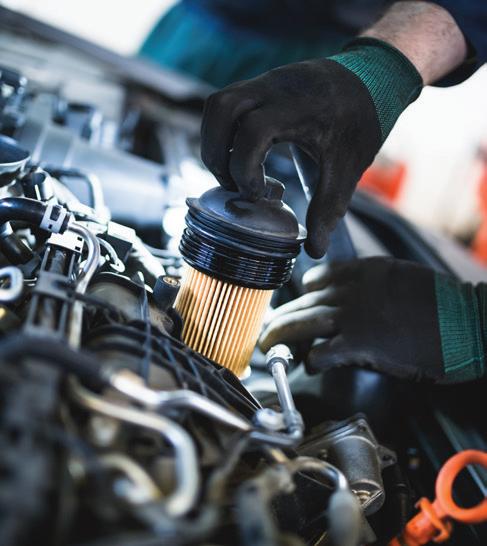
responsible for 8,000 to 18,000 hospitalizations per year.
Highly Effective on Legionella
Storage tanks and pipes used for rainwater are also prime environments for the formation of biofilm, durable coatings that can shelter pathogens from disinfectants like chlorine or bromine. Biofilm has been implicated in severe outbreaks of Legionnaire's disease and the milder Pontiac fever, both caused by exposure to Legionella bacteria. Legionella is commonly found in rainwater storage tanks, drainage piping that contains stagnant water, and stormwater retention ponds, as well as cooling towers and other structures where biofilm can proliferate.
Fortunately, ozone is highly effective in controlling Legionella and other bacteria. In fact, while chlorine must diffuse through bacterial cell membranes to destroy the pathogen's DNA, ozone bursts the cells themselves in an immediate, violent reaction.
Using the flow of water pumped from a rainwater storage tank or retention basin, ozone can be drawn into carefully engineered venturi injectors and mixed thoroughly with the water. Treated water may be returned to storage, used for a wide range of applications — from irrigation to decorative fountains or more — or injected to treat a larger volume through a pipeline flash reactor (PFR), contact basin, or manifold in a sidestream injection system.
A Wide Variety of Polymers for Your Filtration Needs…
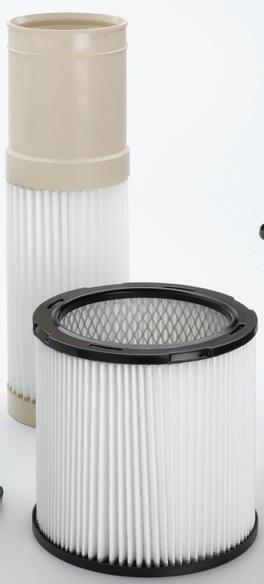
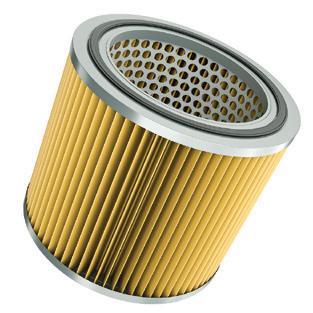
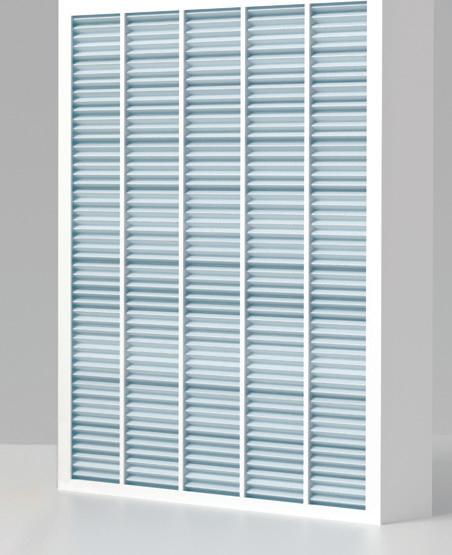
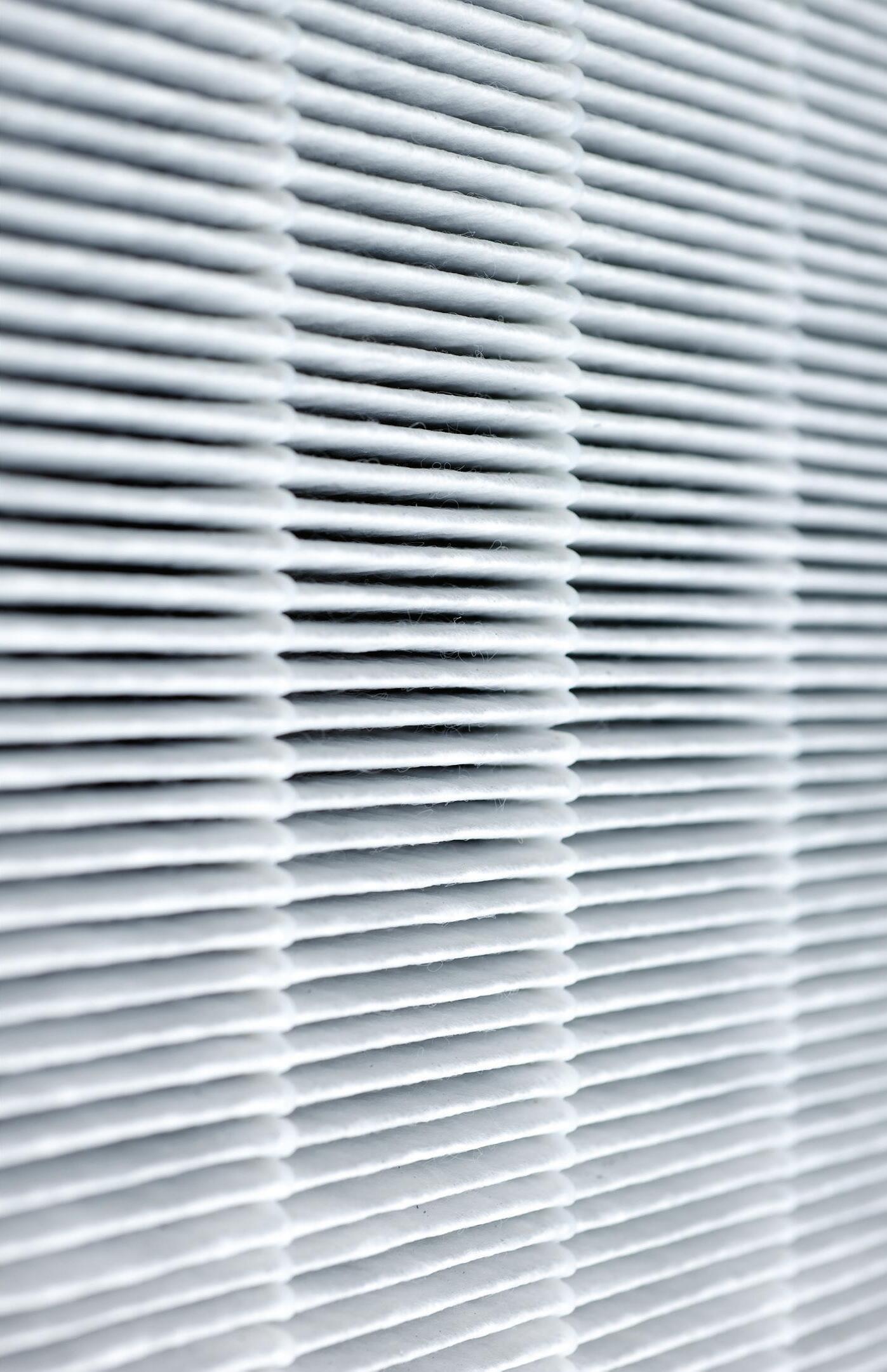
Epic Resins’ epoxy and polyurethane solutions have solved complex filter manufacturing challenges for decades. Our experts partner with you, leveraging our experience to recommend products or formulate solutions designed for:
Moldable End Caps | Seam Sealing | End Cap Adhesives
Potting & Casting Compounds
AOP systems that combine ozone with UV or hydrogen peroxide treatment can provide an even higher level of purification for more sanitary uses of stormwater. The same efficiencies can apply: a venturi that uses the flow of water through the injector to draw in ozone from a generator and mix it thoroughly, a few feet of pipe or a small basin for a contactor, and a simple destructor unit to address any residual ozone.
In turbid stormwater, ozone treatment can remove cloudiness and make UV more effective as a second layer of disinfection, or minimize solids that can tie up hydrogen peroxide or chlorine.
Computational fluid dynamics (CFD) is another powerful tool that has ampli- fied the effectiveness of ozone systems, allowing engineers to fine-tune designs to maximize gas transfer, guide pump size and placement, and optimize energy efficiency. In the case of pipeline flash reactors, nozzles can be sized and precisely placed to make sidestream injection systems as efficient as possible; static mixing vanes can be placed and angled to turn the flow of water into a powerful mixing force. Through CFD, injection systems can be designed with extremely high turndown capabilities, allowing engineers to prepare for a wide range of flows from gentle rains to violent floods.
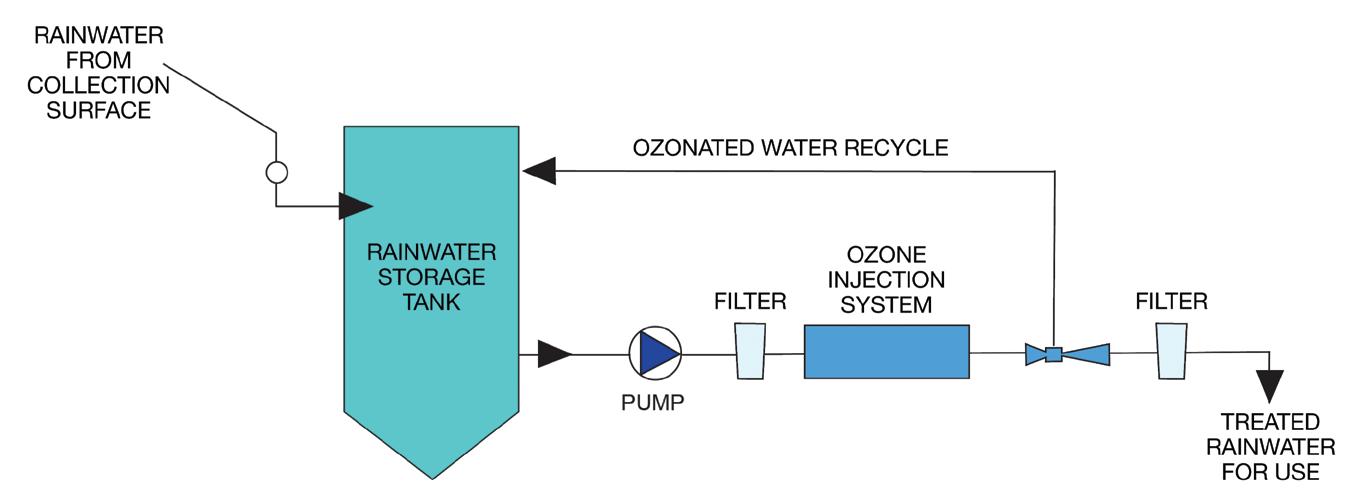
The same technologies – venturi injection, pipeline flash reactors, and CFD – can be employed in simpler aeration projects, allowing communities or industries to add dissolved oxygen to stormwater in preparation for environmental release. In the end, the goal is the same: permitting the safe, effective, efficient reuse of rainwater and stormwater for a wide range of applications, while safeguarding public health. Now, more than ever, our future depends on it.

Jim Lauria is the Vice President of Sales & Marketing for Mazzei Injector Company, a fluid design company that manufactures mixing and contacting systems for a wide range of water treatment applications. Since graduating with a Bachelor of Chemical Engineering degree from Manhattan College, he has traveled the world benchmarking and documenting the best global water management practices. He can be contacted at jlauria@ mazzei.net.









